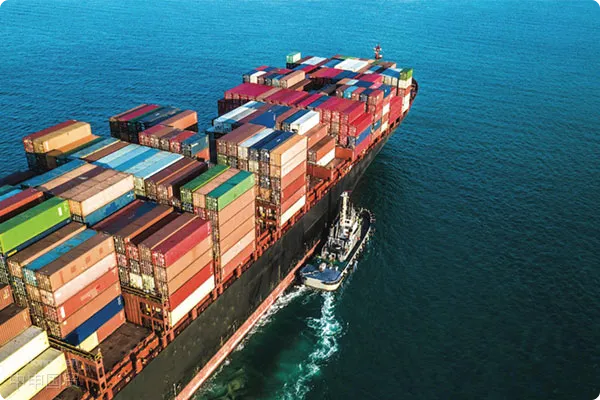- Shanghai Zhongshen International Trade Co., Ltd. - Two decades of trade agency expertise.
- Service Hotline: 139 1787 2118

Scientific researchEquipment ImportsThe "invisible threshold" of
The 2025 revised edition of the "Regulatory Catalog for Imported Scientific Research Instruments" reveals that 37% of biomedical equipment requires additional filing, while 25% of precision instruments are subject to export control verification. A university laboratory mistakenly misclassified the attributes of a piece of equipment, resulting in a $1.2 million cryo-electron microscope being stranded at the port for 47 days, incurring over 120,000 yuan in additional storage fees. This highlights the unique regulatory requirements for importing scientific research equipment, which differ from those for ordinary goods.
Seven Key Control Points in the Customs Clearance Process
First-level risk prevention and control:
- Dual-core mechanism for prequalification
- Degree of Match Between Equipment Purpose and Business Scope of Importing Unit
- Product technical parameters and regulatory catalog correspondence
- Transportation Scheme Comparison Model
- Cost Calculation for Constant Temperature Transport of Precision Instruments
- Evaluation of Port Handling Capacity for Special Equipment
Second-level declaration strategy:
- Three-Level Verification System for Commodity Codes
- Timeliness of Customs Pre-classification Application
- Comparison of Historical Case Libraries for Classification Discrepancies
- Tracking Updates on Tax Exemption Policies
- Monitoring the Utilization of Tax Exemption Quotas for Scientific and Educational Supplies
- Optimization of Temporary Import Equipment Guarantee Scheme
Case Studies of Typical Declaration Errors
Case 1:When a research institute imported a mass spectrometer, it failed to recognize the separate classification requirements for software modules, resulting in the incorrect application of HS codes and a 17% tax discrepancy. Solution: Establish a mechanism for separate declaration of software and hardware.
Case 2:When importing the frozen centrifuge, the documentation for the speed parameter was omitted, triggering a credit deduction for the AEO-certified enterprise. Countermeasure: Develop a standardized template for equipment technical parameters.
Request for a clean on - board bill of lading. The bank refused payment because the freight forwarder missed typing the words on board,The biosafety cabinet was mistakenly identified as ordinary laboratory equipment, and no special item approval was obtained. Resolution: The risk of cargo return was avoided by urgently obtaining a Level 3 biosafety certification.
The golden standard for choosing agency services
- Crisis response time:High-quality agents should possess the capability to activate emergency response plans within 2 hours.
- Localized service network:Key ports must be equipped with professional hazardous chemicals customs clearance teams.
- Technical Documentation Management:Establish an equipment parameter database to achieve intelligent classification and early warning.
Data from a multinational laboratory equipment supplier shows that opting for professional agency services can reduce the average customs clearance time from 21 days to 14.5 days, while improving the efficiency of handling exceptional cases by 40%. It is recommended that importing entities prioritize reviewing historical case records and the professional composition of the customs team when signing agency agreements.
Related Recommendations
? 2025. All Rights Reserved. Shanghai ICP No. 2023007705-2  PSB Record: Shanghai No.31011502009912
PSB Record: Shanghai No.31011502009912










